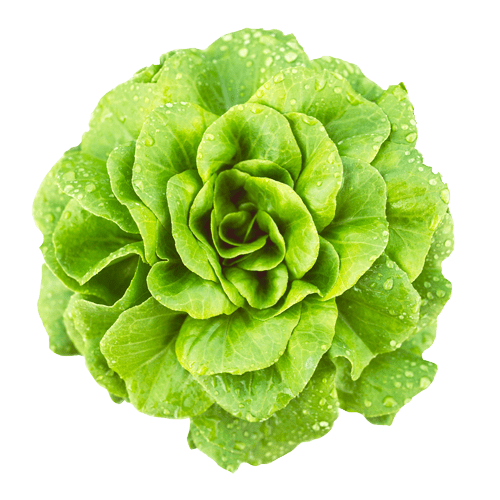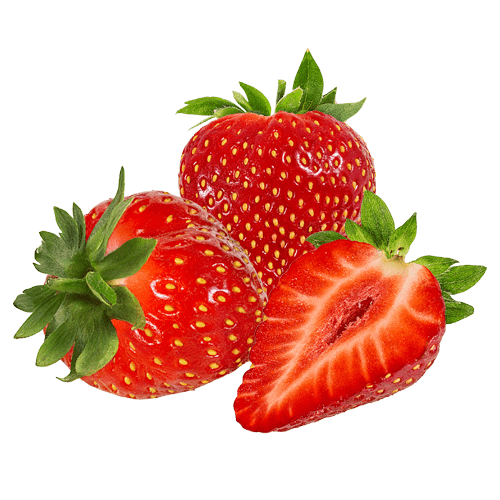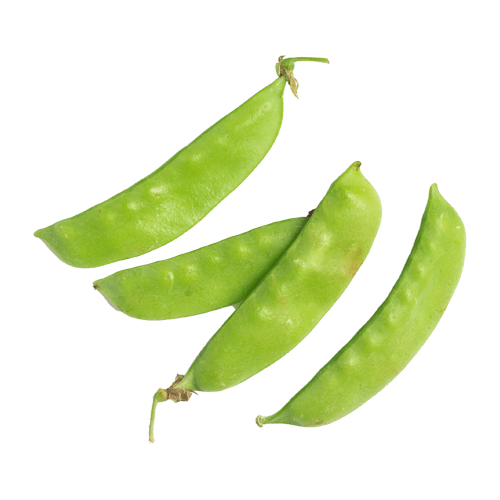Foliar feeding is a “top-down” approach to getting nutrients into a plant’s transport system. Foliar feeding works with gravity- from the top of the plant down– rather than against it, like in root feeding. Nutrients are sprayed on the surface of a plant’s leaves and stems and absorbed by the plant’s pores- called “stomata”. Then, these nutrients are delivered throughout the entire plant- including the roots- within one day.
A century-old practice
Traditional farmers have reaped the benefits of foliar feeding since the 1920’s. In the 1950’s, two professors at Michigan State University sought to prove its effectiveness. They applied radioactive phosphorus and potassium to leaves. Using a Geiger counter, they measured the rate of movement through all parts of the plant at one foot per hour. They proved that with foliar feeding results are almost immediate.
Why should I foliar feed?
Foliar feeding allows for faster absorption of nutrients than traditional root feeding. Plants show results in a few hours. It is 8-20 times more effective than root feeding because it works with gravity, rather than against it. While foliar feeding is proven to increase yield and quality, it is also a quick fix for plant deficiencies.
Foliar feeding is easy. Nutrients and a sprayer are the only equipment needed.
When should I foliar feed?
- When caring for clones
- Because clones aren’t rooted, foliar feeding is the most effective way to provide them with nutrients. Clones need nutrients to develop roots and prevent yellowing of leaves.
- When you want to boost yield and quality
- Providing plants with extra nutrients increases yield and improves quality. Plus, it can be done in addition to root feeding for an extra boost.
- When plants show signs of deficiencies
- Even plants in well managed hydroponic systems can become nutrient deficient for the following reasons:
- Nutrients cannot be absorbed
- Opposition between nutrients
- Nutrient balance is not optimal
- pH level is too high or low
- Nutrient solution is too hot or cold
- Media does not hold nutrients or water
- Oxygen deficiency at the roots
Foliar feeding circumvents many of these challenges and helps overcome them.
- When plants are under stress
- Just like a human immune system, if plants don’t eat well they can’t fight bodily stressors. Foliar feeding can revive plants under stress from:
- Insufficient nutrients
- High or low humidity
- Lack of light
- Temperature stress, hot or cold
- When roots are damaged or dead
- Root damage can be caused by disease, pests, or too much water. Plant diseases on roots can cause deficiencies that are not obvious. Foliar feeding can mend these deficiencies before plants show symptoms.
How do I foliar feed?
- Mix product exactly according to manufacturer’s recommendations. (Read the label!)
For Spray-N-Grow Foliar Feeds mixing instructions click here - Spray with lights off. Leave them off until the leaves are dry
- Test product on one plant before treating an entire crop
- Use a sprayer with a fine mist
- Spray the top and underside of the leaves
- Spray until leaves are very wet or there is a very slight run off
- Use a non-ionic wetting agent, like Coco Wet Wetting Agent, to maximize absorption
We believe in proving every one of our claims. Click here to see that proof.





We’re so glad you asked